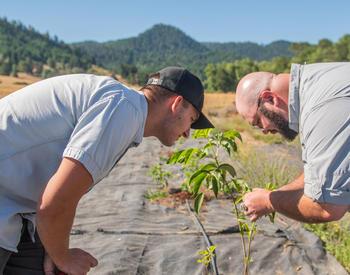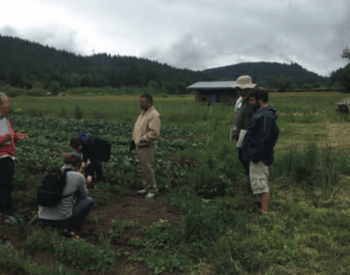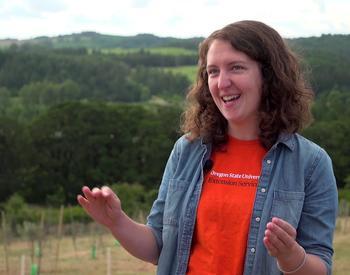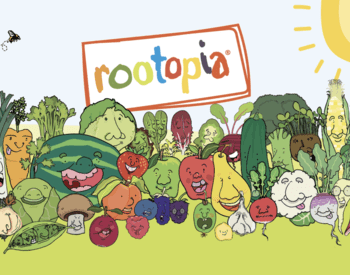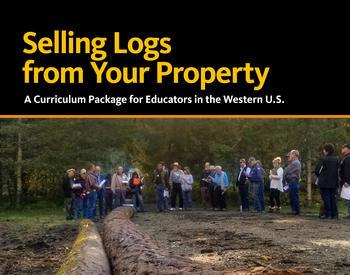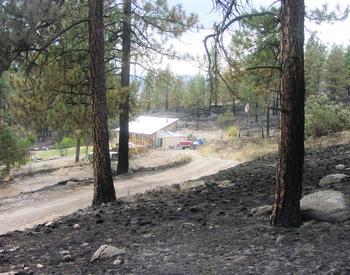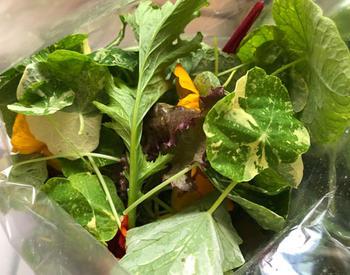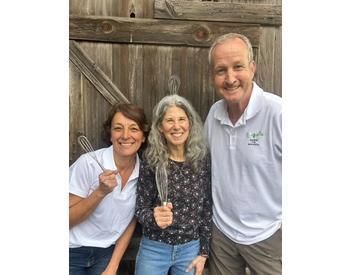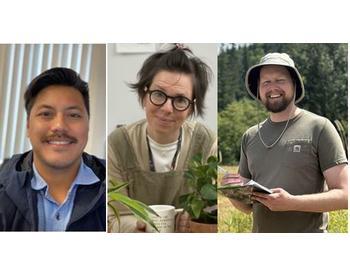Previous articles in this collection have focused on agricultural land, describing its use and the value created from that use. Here, we shift the focus to the producer and present a summary of national, state, and county level demographic characteristics for Oregon’s farmers and ranchers.
Definitions
The U.S. Department of Agriculture’s National Agricultural Statistics Service defines certain characteristics used in the census report:
- Producer is “a person who is involved in making decisions for the farm operation;” thus, some farms have multiple producers.
The Census of Agriculture reports aggregate demographic characteristics for up to four producers on each operation. For Oregon, the producers with demographic characteristics account for 97% of all producers identified in 2022.
- Farming is considered a primary occupation if a producer spent 50%or more of their worktime farming in 2022.
Producer demographics for the US and Oregon
Nationally, between 2017 and 2022, the United States saw minimal changes to the demographic characteristics of producers (Table 1).
- Despite a decline in the number of farms and farmland, the total number of producers increased slightly, by less than 0.5%.
- The average age of a producer increased from 57.5 to 58.1 years.
- The percentage of female producers remained roughly constant at about 36%.
- The vast majority of U.S. producers are white (95.4%), with Hispanic producers making up the majority of other race and ethnicity categories (3.3%). The other race/ethnicity categories, whom producers identify as being alone or in combination with other groups, are broken down as: American Indian (2.3%), Black/African American (1.4%), Asian (0.8%), and Hawaiian/Pacific Islander (0.2%).
- Larger, though still modest, changes were identified in farming experience (six to 10 years), which saw increases of nearly three percentage points. Overall, however, the average years of experience remained constant at 23.4.
| 2017 | 2022 | |
|---|---|---|
| Total producers | 3,447,028 | 3,459,177 |
| % female | 36.1 | 36.3 |
| % white | 95.4 | 95.4 |
| % Hispanic | 3.3 | 3.3 |
| Average age | 57.5 | 58.1 |
| Average years experience | 23.4 | 23.4 |
| % 6-10 years of experience | 12.8 | 15.7 |
| % 5 or fewer years of experience | 14.0 | 14.3 |
| % with primary occupation farming/ranching | 41.7 | 42.0 |
For the most part, Oregon’s producers mirrored the minor changes observed at the national level (Table 2).
- Again, despite a decline in the total number of farms and acres of farmland in Oregon, the total number of producers increased by 2.5% to over 70,000.
- The average age of a producer increased slightly from 57.9 to 58.6 years.
- The number of female producers went down 0.2 percentage points. Compared to the United States as a whole, Oregon stands out in terms of the percentage of producers that are female (44% compared to 36.3%).
- Compared to the United States, an even larger proportion of Oregon’s producers are white (96.6%). Like the national figure, 3.3% of Oregon’s producers are of Hispanic origin. Producers of other races and ethnicities – alone or in combination with other categories – for Oregon are distributed as follows: American Indian (1.9%), Asian (1.1%), Hawaiian/Pacific Islander (0.3%), and Black/African American (0.2%).
- Farmers with six to 10 years of experience increased by just over 5 percentage points. On the whole, the experience held by Oregon’s producers increased from 21.7 years to 22.1 years between 2017 and 2022.
| 2017 | 2022 | |
|---|---|---|
| Total producers | 68,773 | 70,501 |
| % female | 44.2 | 44.0 |
| % white | 96.7 | 96.6 |
| % Hispanic | 3.1 | 3.3 |
| Average age | 57.9 | 58.6 |
| Average years experience | 21.7 | 22.1 |
| % 6-10 years of experience | 12.8 | 17.9 |
| % 5 or fewer years of experience | 15.6 | 14.0 |
| % with primary occupation farming/ranching | 41.0 | 41.9 |
The increasing age of agricultural producers is of longstanding interest to farm policy discussions, as it represents an indicator of how and when farm operations will be transferred to the next generation of producers.
Figure 1 illustrates the seven age categories used to describe Oregon farmers. Roughly half of Oregon’s producers fall into the 55-74 age range. Young producers, defined by the Census of Agriculture as those 34 or younger, account for about 7% of producers. Between 2017 and 2022 most categories were relatively stable except for modest decreases in the 45-54 and 55-64 categories and increases in the 35-44 and 75 or older categories.
County level demographics
New and beginning producers, defined as those with less than 10 years of experience, are active in every county of Oregon and constitute anywhere from 20-43% of the total producer population (Figure 2). These producers are most heavily concentrated in Deschutes, Crook, Josephine and Jackson counties. In each of these counties, new and beginning producers account for more than 40% of all producers.
In general, Eastern Oregon tends to see higher concentrations of producers with a primary occupation in agricultural production (Figure 3). The largest percentage of producers with a farming-focused primary occupation, however, is Tillamook County (60%). Malheur and Lake counties each also have over 57% of producers with a primary farming occupation.
Female producers are also active in every county of Oregon, but the percentage of female producers can range widely, from 29-49% (Figure 4). Generally, female producers are concentrated in the Willamette Valley and along the Interstate 5 corridor. Deschutes County (49%), however, has the highest concentration of female producers in Oregon. The lowest percentages of female producers are found in Gilliam (30%) and Sherman (35%) counties.

